Old City Hall
Introduction
Text-to-speech Audio
Images
Old City Hall was the seat of local government in Boston between 1865 to 1969
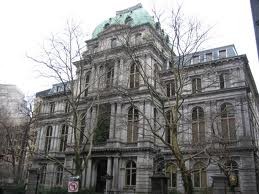
Statue of Josiah Quincy, mayor of Boston, President of Harvard, and member of Congress.
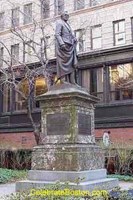
Statue of Benjamin Franklin, who was born in Boston and attended the Latin School, this first formal school in America. The Latin School was located at this exact location between 1704 and 1748.
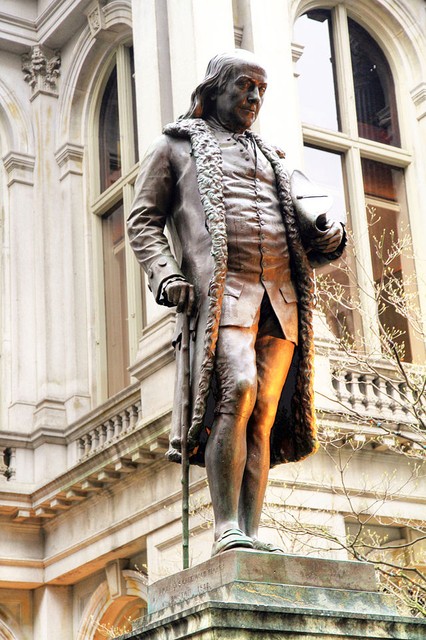
Statue of the Donkey outside the front of Old City Hall
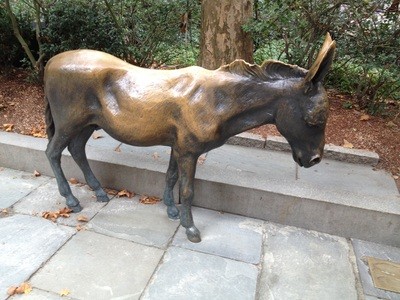
"Stand in Opposition" from the Old City Hall courtyard.
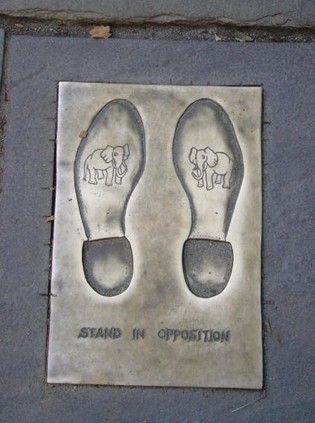
Backstory and Context
Text-to-speech Audio
The site at 45 School Street has been the home of two of Boston’s City Halls. In 1841, the Suffolk County Courthouse (built on the site in 1810) was converted into the second City Hall. That building was demolished during the American Civil War and construction began on the third City Hall. Boston’s third City Hall was completed in 1865 and was the seat of local government until 1969, when the current building was erected.
Thirty-eight mayors served their terms at the time; thirty of them in the building that still stands there today. Currently, this structure is leased out to private businesses.
On the site, there are several different political markers of interest to visitors. The first is the donkey, the symbol of the Democratic party. The donkey is made of bronze. It stands in front of the building on the Freedom Trail.
After the bronze donkey statue was placed in 1998, people began to ask for an opposing elephant, the representation of the Republican party. A marker was placed in the courtyard in 2001. It shows a pair of footprints with the picture of an elephant in each. The inscription below the feet reads “Stand in Opposition.”
There are also statues of two men important to the political history of Boston: Benjamin Franklin and Josiah Quincy. Franklin is well-known in American history as an inventor and a politician. He was born in Boston in 1706 and attended school here. Quincy was mayor of the City from 1823-1828. The second mayor is best known for his role in the development of Quincy Market.
Sources
Old City Hall History. Old City Hall. Accessed February 05, 2017. http://www.oldcityhall.com/history.html.
